Search for information
A Revolutionary Leap in Cancer Radiotherapy: Hope City's BreakthroughA Revolutionary Leap in Cancer Radiotherapy: Hope City's Breakthrough
April 24, 2025, 9:54 am EDT
A Revolutionary Leap in Cancer Radiotherapy: Hope City's Breakthrough
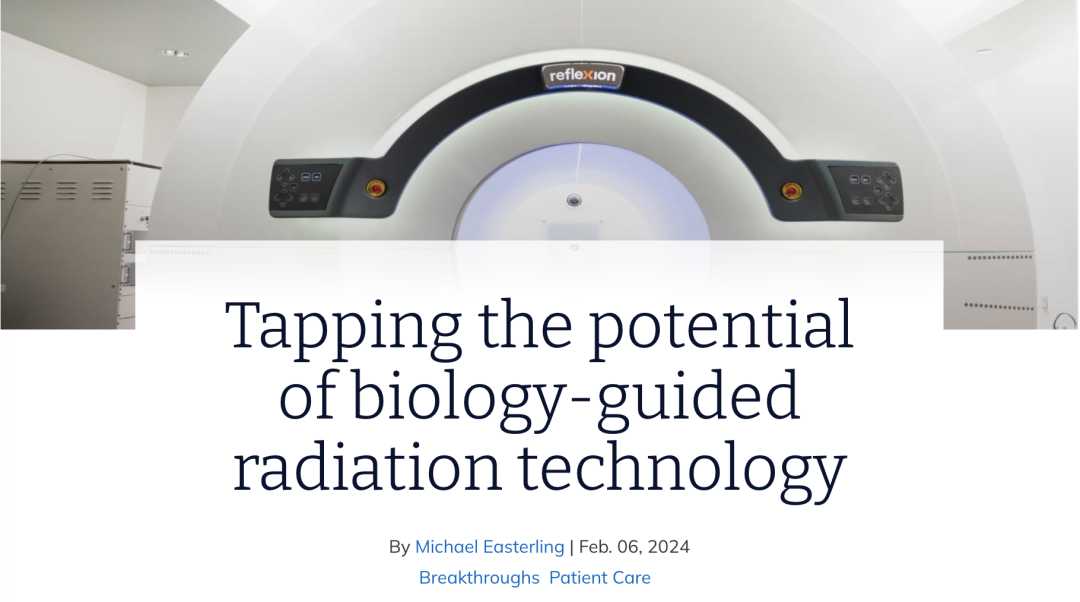
Source: Images from the Internet, if there is any infringement, please contact the removal of
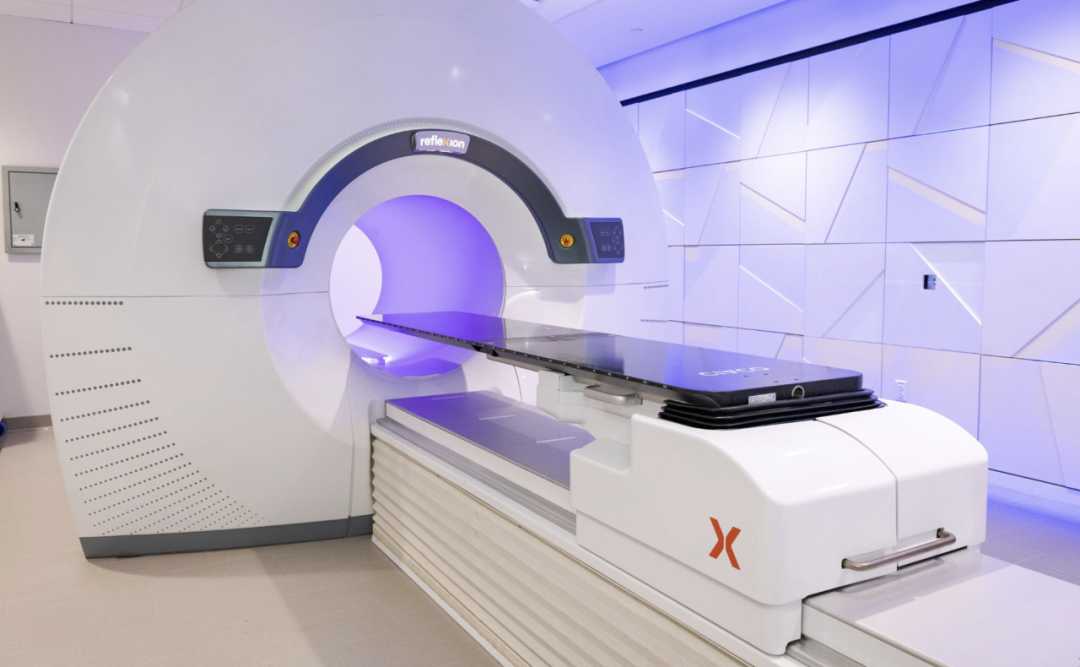
Source: Images from the Internet, if there is any infringement, please contact the removal of
Traditional radiotherapy uses photons, which concentrate energy on the targeted tumor along the beam path. However, this also means that healthy tissues surrounding the tumor are at risk of radiation damage, leading to long - term side effects. It's like throwing a hand grenade at the tumor - while the target is destroyed, the surrounding area also suffers collateral damage.
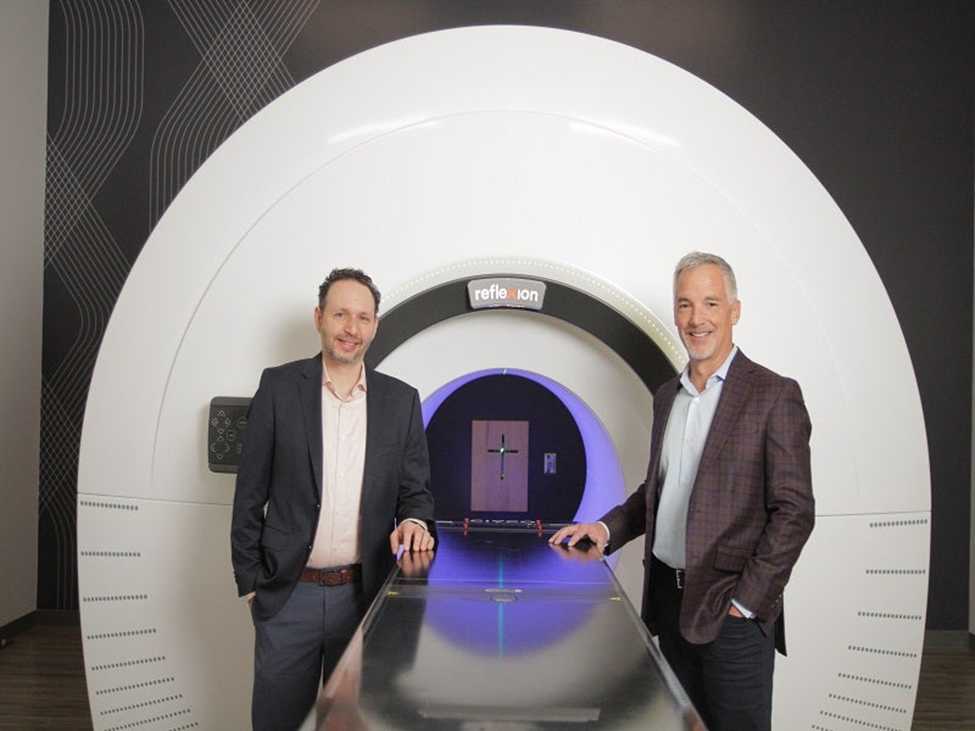
SCINTIX radiotherapy is a method that uses drugs labeled with radioactive isotopes to treat cancer. The drug is injected into the patient's body and then reaches the tumor site through the bloodstream. The radioactive isotopes emit rays that kill tumor cells. As the most cutting - edge radioactive drug - guided therapy, it is applicable to various types of cancer and has been hailed as the "precision sniper" in the field of radiotherapy.
The combination of the most advanced radiotherapy equipment and the latest radiotherapy method marks a significant departure from previous treatment models. "Autonomous radiotherapy was just a concept more than a decade ago, but now, for the first time in the history of cancer treatment, the cancer itself is guiding its own destruction," said the founder and Chief Technology Officer of RefleXion.

Thailand's Intangible Cultural Heritage on the UNESCO Representative List
Thailand's Intangible Cultural Heritage on the UNESCO Representative Listmore
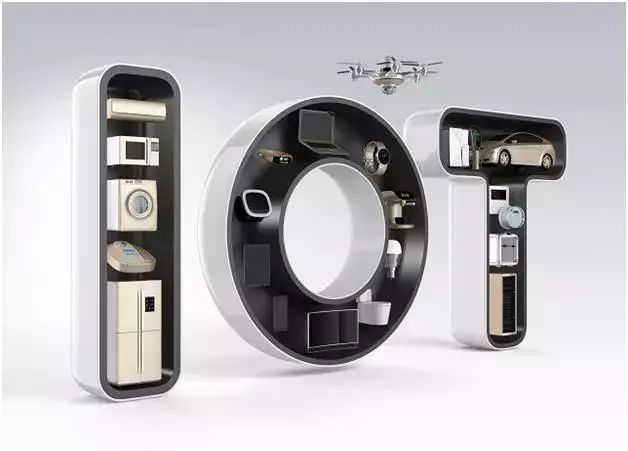
The Internet of Things: A Transformative Force in 2045
The Internet of Things: A Transformative Force in 2045more
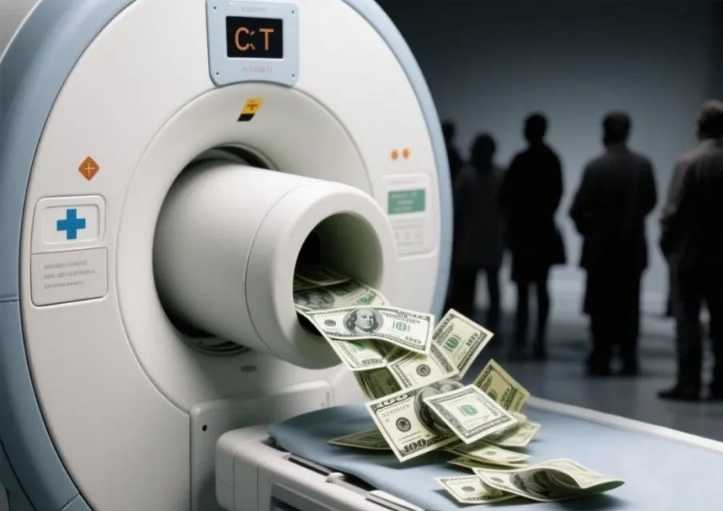
New Research Sounds Alarm on Excessive CT Scan Use in the US
New Research Sounds Alarm on Excessive CT Scan Use in the USmore

Germany in May: A Month of Festivals and Celebrations
Germany in May: A Month of Festivals and Celebrationsmore

Kristi Noem: A Controversial Figure Beneath a Tough Exterior
Kristi Noem: A Controversial Figure Beneath a Tough Exteriormore

Oman's Intangible Cultural Heritage on UNESCO Lists and an Outstanding Practice
Oman's Intangible Cultural Heritage on UNESCO Lists and an Outstanding Practicemore

Netflix's Chef's Table: Legends to Premiere, Honoring Culinary Icons on the 10th Anniversary
Netflix's Chef's Table: Legends to Premiere, Honoring Culinary Icons on the 10th Anniversarymore

Lake MacDonnell: From Dreamy Pink Paradise to Disappointing Reality?
Lake MacDonnell: From Dreamy Pink Paradise to Disappointing Reality?more

